MASSACHUSETTS, U.S.: The digital world allows for a broad scope of data to be collected within a range of fields. In a new data collection advancement that could aid in the area of dental health as well as in other areas, engineers in the United States have developed a mini sensor that, when mounted directly on a tooth, communicates wirelessly with a mobile device, transmitting information on glucose, salt and alcohol intake.
Having the ability to monitor in real-time what happens in and around our bodies when we consume certain products can be invaluable in the context of healthcare and clinical studies. Previously, this kind of monitoring was dependent on using wearable devices that suffered from limitations such as the necessitation of a mouth guard, bulky wiring or frequent replacement as the sensors degraded.
With this in mind, researchers from Tufts University School of Engineering sought to adopt a more advanced technological approach, developing a sensor with a 2mm x 2mm footprint. The fixable sensor bonds to the irregular surface of a tooth and, similar to how a toll is collected on a highway, the sensor transmits data wirelessly in response to incoming radiofrequency signals.
The sensor is made up of three sandwiched layers a central bioresponsive layer that absorbs the nutrients or other detected chemicals, and two outer layers consisting of square-shaped gold rings. Together, the three layers act like a tiny antenna, collecting and transmitting waves within the radiofrequency spectrum. As an incoming wave hits the sensor, some of it is cancelled out and the rest is transmitted back. For example, if the central layer takes on salt or ethanol, its electrical properties will shift, causing the sensor to absorb and transmit a different spectrum of radiofrequency waves, with varying intensity. In this way nutrients and other substances are detected and measured.
Commenting on the new development, Professor of Engineering at Tufts University and co-author of the research, Fiorenzo Omenetto said, "In theory we can modify the bioresponsive layer in these sensors to target other chemicals we are really limited only by our creativity."
The study, titled “Functional, RF‐Trilayer Sensors for Tooth‐Mounted, Wireless Monitoring of the Oral Cavity and Food Consumption”, was published on March 23, 2018 in the Advanced Materials Journal.
Tags:
NEW YORK, U.S.: COVID-19 is causing historically significant contractions in patient volumes and demand for dental equipment. Baird Equity Research is ...
CHICAGO, U.S.: Hydroxyapatite is an important component of hard tissue. Tooth enamel, for example, has the highest concentration of the mineral. Since ...
At this year’s 2025 International Dental Show (IDS), Dentsply Sirona, the largest diversified manufacturer of professional dental products and ...
GOLD COAST, Australia: High socio-economic status has often been linked to improved health outcomes. However, according to a global study of 30 countries, ...
OFFENBACH, Germany: Tooth extraction is part of the day-to-day business in a dental practice. However, last year, Dr Max Lukas was fairly stunned when he ...
Misdiagnosis of an extra-oral sinus tract usually leads to a destructive invasive treatment of the local skin lesions that is not curative and often ...
STRASBOURG, France: In a recent market surveillance study, the European Network of Official Cosmetics Control Laboratories (OCCLs) has assessed cosmetic ...
SINGAPORE/BERKELEY, Calif., U.S.: The achievements of science are evolving constantly. However, there are many natural wonders that humanity has not been ...
BRUSSELS, Belgium: In April, the European Parliament voted to implement a pair of new regulations concerning medical devices. First proposed in 2012 by the ...
MELBOURNE, Australia: Tooth loss can have a profound impact on social interactions and self-esteem. While poor oral health is known to be associated with ...
Live webinar
Wed. 14 January 2026
12:00 pm EST (New York)
Dr. Théo Laplane, Dr. Robert Gottlander DDS
Live webinar
Fri. 16 January 2026
12:00 pm EST (New York)
Live webinar
Mon. 19 January 2026
1:00 pm EST (New York)
Philipp Kopp, Michael Seeber
Live webinar
Thu. 22 January 2026
9:00 am EST (New York)
Prof. Judith Jones D.D.S; M.P.H., Prof. Kakuhiro Fukai D.D.S., Ph.D, Dr. Bathsheba (Bethy) Turton
Live webinar
Thu. 22 January 2026
2:00 pm EST (New York)
Dr. Nicola M. Grande DDS, PhD
Live webinar
Wed. 28 January 2026
8:00 am EST (New York)
Live webinar
Wed. 28 January 2026
11:00 am EST (New York)
Prof. Dr. Jan-Frederik Güth



 Austria / Österreich
Austria / Österreich
 Bosnia and Herzegovina / Босна и Херцеговина
Bosnia and Herzegovina / Босна и Херцеговина
 Bulgaria / България
Bulgaria / България
 Croatia / Hrvatska
Croatia / Hrvatska
 Czech Republic & Slovakia / Česká republika & Slovensko
Czech Republic & Slovakia / Česká republika & Slovensko
 France / France
France / France
 Germany / Deutschland
Germany / Deutschland
 Greece / ΕΛΛΑΔΑ
Greece / ΕΛΛΑΔΑ
 Hungary / Hungary
Hungary / Hungary
 Italy / Italia
Italy / Italia
 Netherlands / Nederland
Netherlands / Nederland
 Nordic / Nordic
Nordic / Nordic
 Poland / Polska
Poland / Polska
 Portugal / Portugal
Portugal / Portugal
 Romania & Moldova / România & Moldova
Romania & Moldova / România & Moldova
 Slovenia / Slovenija
Slovenia / Slovenija
 Serbia & Montenegro / Србија и Црна Гора
Serbia & Montenegro / Србија и Црна Гора
 Spain / España
Spain / España
 Switzerland / Schweiz
Switzerland / Schweiz
 Turkey / Türkiye
Turkey / Türkiye
 UK & Ireland / UK & Ireland
UK & Ireland / UK & Ireland
 Brazil / Brasil
Brazil / Brasil
 Canada / Canada
Canada / Canada
 Latin America / Latinoamérica
Latin America / Latinoamérica
 USA / USA
USA / USA
 China / 中国
China / 中国
 India / भारत गणराज्य
India / भारत गणराज्य
 Pakistan / Pākistān
Pakistan / Pākistān
 Vietnam / Việt Nam
Vietnam / Việt Nam
 ASEAN / ASEAN
ASEAN / ASEAN
 Israel / מְדִינַת יִשְׂרָאֵל
Israel / מְדִינַת יִשְׂרָאֵל
 Algeria, Morocco & Tunisia / الجزائر والمغرب وتونس
Algeria, Morocco & Tunisia / الجزائر والمغرب وتونس
 Middle East / Middle East
Middle East / Middle East
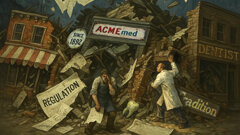























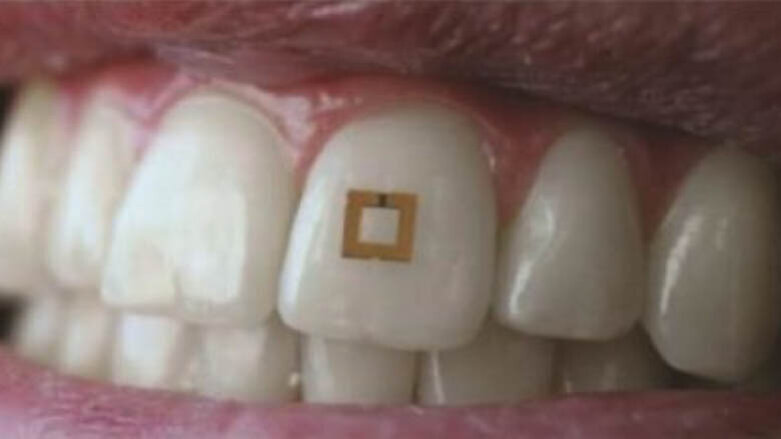




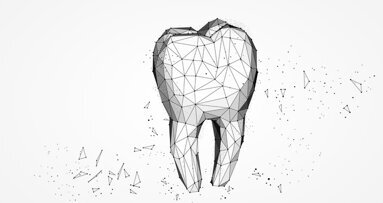
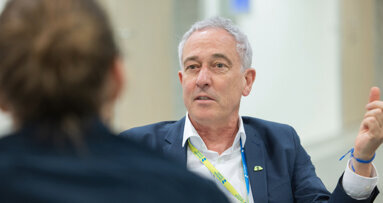

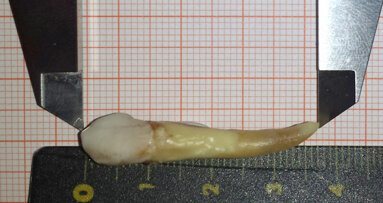
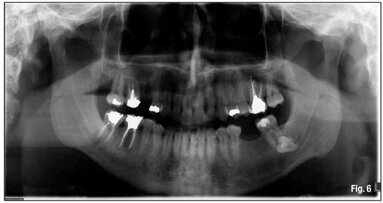














To post a reply please login or register